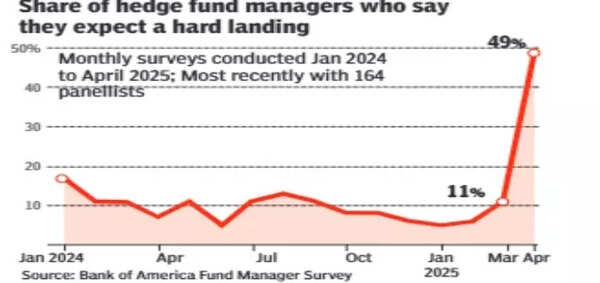Tamil Nadu’s total installed power capacity was 42,772.20 MW as on March 31 this year, increasing from the previous year’s 39,805.97 MW, according to data from the Central Electricity Authority (CEA).
Of the total capacity this year, coal-fired power capacity was 12,835.49 MW. Of this, 4,320 MW was from the State sector, 5,490.17 MW from the private sector and 3,025.32 MW from the Central sector.
Tamil Nadu’s lignite-based thermal capacity stood at 1,959.16 MW, with a contribution of 1,709.16 MW from the Central sector and 250 MW from the private sector.

Gas-based power plants’ capacity was 1,027.18 MW, with 524.08 MW coming from the State Sector and 503.10 MW from the private sector. The private sector accounted for diesel-based power capacity of 211.70 MW. The State’s overall thermal power capacity stood at 16,033.53 MW as of March 31.
At a recent meeting held by Tamil Nadu Electricity Regulatory Commission (TNERC) regarding the status of ongoing and upcoming Generation Projects in the State, officials from Tamil Nadu Power Generation Corporation Ltd (TNPGCL) stated that the commercial operation date of North Chennai Thermal Project Stage – III (1x800MW) and Udangudi Thermal Power Project Stage – I (2X660 MW) can be achieved in 2025 itself.
As per CEA data, 1,448 MW of nuclear power capacity came from the Central sector.
The State’s renewable energy installed capacity stood at 25,290.67 MW as of March 31. Of this, 11,739.91 MW was from wind energy, 10,153.58 MW was from solar energy, and 2,178.20 MW was from hydro projects. Biomass, and co-generation bagasse power plants, among others, accounted for the rest of the renewable energy capacity.
Gujarat has taken the lead in wind energy capacity for the second time in a row, with a capacity of 12,677.48 MW.
TNPGCL officials have also told TNERC that the commercial date of operation of Kundah Pumped Storage Hydro Electric Power Project (4 x 125 MW) will be achieved in 2025 itself.
TNERC has suggested that TNPGCL arrange for adequate manpower for smooth operation of new projects as per CEA norms.
Published – April 19, 2025 10:26 am IST




































